Global Eating Secrets
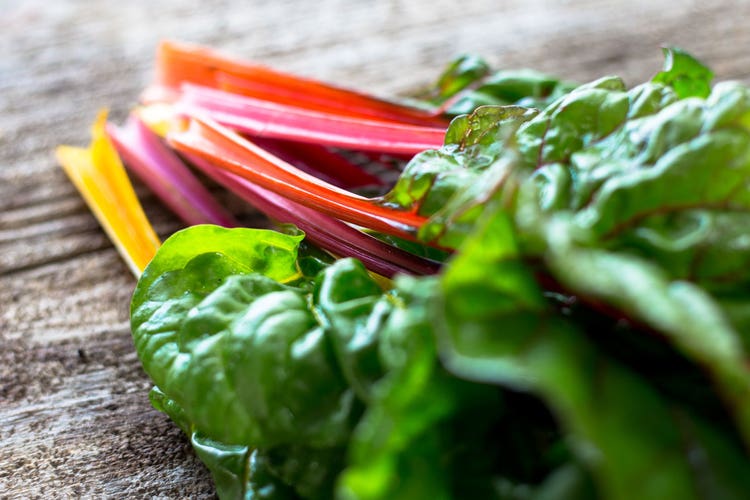
Discover the world in four lifestyle diets.
Even if you’re staying put this summer, why not travel the world through your plate? Consider exploring age-old food traditions and lifestyles with benefits backed by scientific studies, instead of looking to here-today-gone-tomorrow nutrition trends. To choose the most-effective eating plans from around the globe, look to author Dan Buettner’s extensive research.
For more than a decade, he has studied the diets and lifestyles of global populations with the highest percentages of octogenarians (people 100 or older). He found these pockets, which he calls “Blue Zones,” in Costa Rica, Sardinia, and Japan and distilled the habits of people in these areas in his new book “The Blue Zones Solution.” Indeed, the Sardinian or Mediterranean diet has been lauded for years, with interest revived by recent books, including “Wild Mediterranean” by Stella Metsovas.
Meanwhile, the Nordic lifestyle—as described in “Nordic Light” by Simon Bajada and “The Nordic Way” by Arne Astrup, Jennie Brand-Miller and Christian Bitz—has been winning praise. The authors of the latter based their book on the “Diogenes” (short for “Diet, Obesity, and Genes”) study, funded by the European Commission and published in key scientific journals, including The New England Journal of Medicine. It showed that eating a 2:1 ratio of carbohydrates to protein and relying on foods lower on the glycemic index can help maintain a healthy weight and reduce inflammation. (The glycemic index measures how quickly the body converts carbohydrates into glucose, the sugar it uses for energy; carbohydrates lower on the index, such as whole grains and vegetables, are slower to digest.)
Read on for a summary of these smart eating strategies from around the globe, no passport required.
Go for the beans and greens
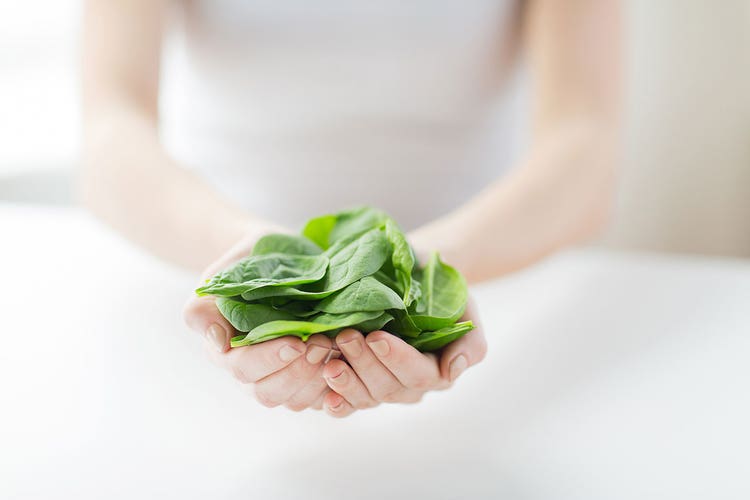
Although vilified of late, carbohydrates (the good kind) are the basis of most of these healthful diets. “The longest-lived people on earth actually eat a high-carb diet: over 60 percent,” says Buettner. “They choose healthy carbs, such as oatmeal, sweet potatoes, beans, fruits and vegetables. Also, the cornerstone of every longevity diet in the world is beans: about one cup a day.” Here’s a listing of staple ingredients and sample meals across the diets:
Okinawa, Japan
- Staples: Sweet potatoes, brown rice, tofu, bitter melons, shiitake mushrooms, seaweed, garlic, turmeric and green tea
- Meal: Miso soup and tofu with vegetables (Buettner)
Ogliastra Region, Sardinia, Italy
- Staples: Barley, sourdough bread, fava beans and chickpeas, tomatoes, fennel, milk thistle (a plant with green leaves and purple flowers believed to promote liver health), almonds, goat and sheep milk, and “cannonau” wine (a red, similar to grenache or “garnacha”)
- Meal: Pecorino (sheep milk cheese), sourdough bread, vegetables and wine (Buettner)
Nicoya Peninsula, Costa Rica
- Staples: Cornmeal, yams, black beans, squashes, papayas, bananas and “pejibaye” (peach palm fruit, with fibrous, vitamin-C-rich flesh, reminiscent of sweet potato when cooked)
- Meal: Beans, corn tortillas and vegetables (Buettner)
Nordic/Scandinavian
- Staples: Vegetables (raw or lightly pickled), berries, whole-grain rye bread, seeds and grains, eggs, fatty fish, and dairy
- Meal: Pickled vegetables, fish and rye bread (Bajada and Astrup, Brand-Miller, and Bitz)
Don’t go hog wild
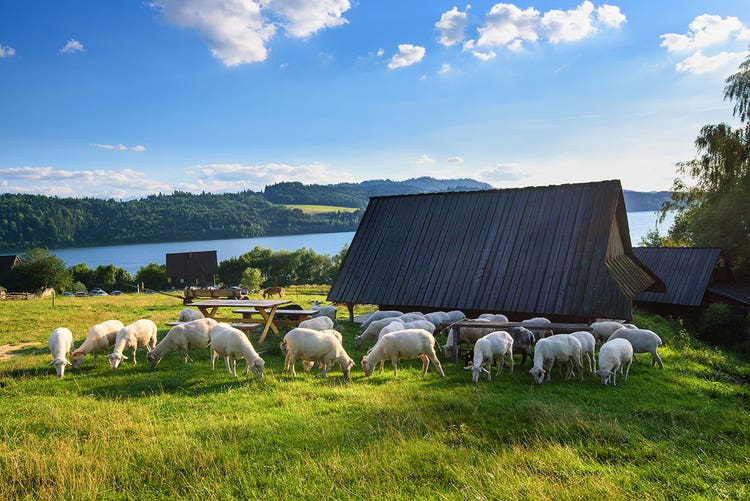
Animal products, meanwhile, are consumed sparingly in most of these regions. “All the longest-lived populations in the Blue Zones eat what we call a plant-slant diet,” reveals Buettner. “That means 95 percent of their food is vegetables, grains, greens, beans and fruit. In Okinawa, they eat pork about five times a month in small amounts.” Similarly, according to Bajada, “[Nordic] dishes are often peppered with a seafood or meat element, rather than those ingredients being the focus of the dish.” He recommends eating less meat and dairy and more vegetables.
That said, goat and sheep milk are staples of the Sardinian diet. Sheep’s milk has almost double the protein and fat of cow’s milk (and significantly more calories), promoting satiety in a region where less meat is eaten. One study associated pecorino (sheep milk cheese) consumption with reduced plasma LDL cholesterol levels and body mass index. (The cheese is rich in conjugated linoleic acid, which may help bolster the immune system and reduce body fat.) Similarly, skyr (a nonfat, high-protein cultured dairy product similar to yogurt) is a key component of the Nordic diet. (It’s worth noting that the prevalence of lactose intolerance is much lower in Northern Europe than in other parts of the world.)
If you do eat animal products, Metsovas advises choosing them carefully. “Invest in your health by consuming animals that are allowed to graze happily and freely,” she says. “These animals encounter fewer stressors, which helps maintain their overall health and in turn provides a better-quality product for human consumption. There have been many studies showcasing the nutrient boost in organic livestock versus conventional.” Since organic and pasture-raised meats are often pricey, she recommends frozen, which she has found “often costs as much as 70 percent less than fresh organic meat, which means prices are comparable to nonfrozen conventional meats.”
(Portion) size matters
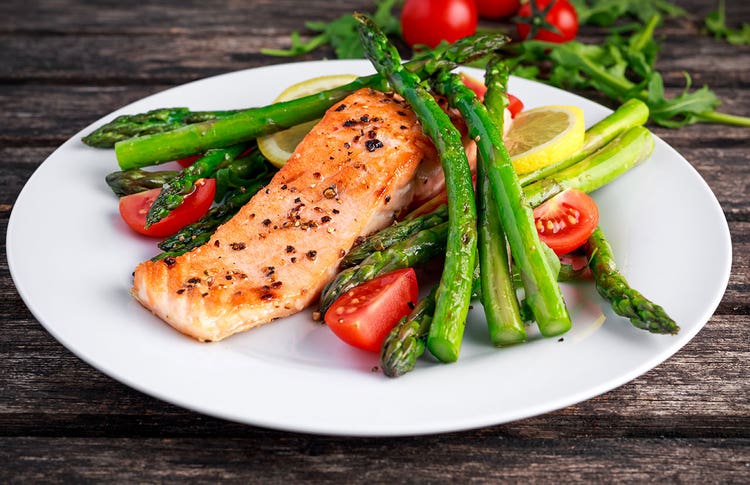
Eating less is a key tenet of all the diets. According to Buettner, “Healthy seniors in Blue Zone areas don’t count calories (or even take vitamins), but they certainly eat less. Their rates of obesity (as well as heart disease, diabetes and cancer) are very low, so they are not overeating on a regular basis as most Americans do.”
“People in Okinawa say ‘hara hachi bu’ before every meal, which is a Confucian mantra that reminds people to stop eating when their stomachs are 80 percent full,” he continues. “Other Blue Zones populations eat their smallest meal in the late afternoon or early evening, and then they don’t eat any more the rest of the day. Religious fasting on different days throughout the year is also part of life.”
Metsovas echoed the wisdom about periodic calorie restriction. “Believe it or not, Mediterranean cultures have been detoxing for centuries,” she says. “With intermittent fasting, this is a culture that takes pride in keeping its gut happy.”
Eat, drink and be merry
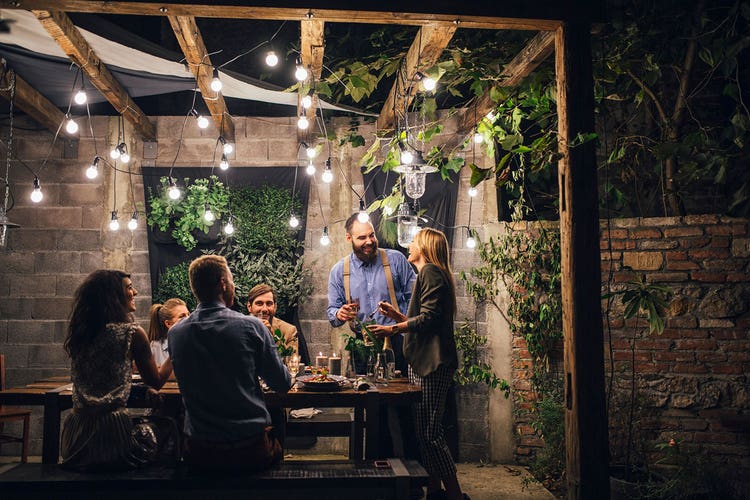
It’s not only what you eat, but the (happy, sociable) context in which you consume it. “Blue Zone centenarians drink a cup of coffee every morning, enjoy wine at five with friends, move naturally throughout the day, have a purpose in life, have strong family and social networks, and have a positive outlook on life,” says Buettner. “Mediterranean people view loneliness as detrimental to health,” agrees Metsovas. Meanwhile, the authors of “The Nordic Way” emphasize that “eating in the company of friends and family can help you focus on the overall experience of your meal and increase your satiety, or satisfaction.”
Here’s to safe—and healthy—travels! Or, in this case, “salute,” “kan-pei,” “salud,” and “skål”!
Photo credits (in order): Joshua, Adobe Stock; Syda Productions, Adobe Stock; vivoo, Adobe Stock; grinchh, Adobe Stock; Lumina, Stocksy